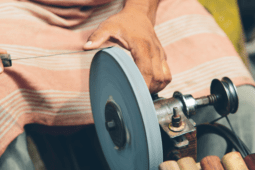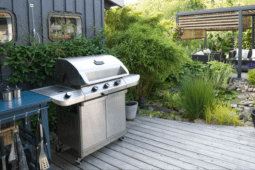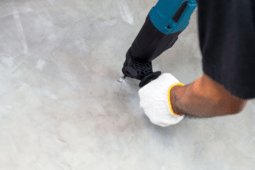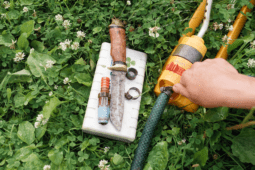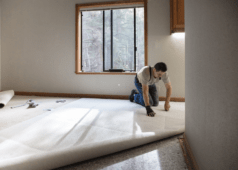This Is the Bearded Man’s Best Friend
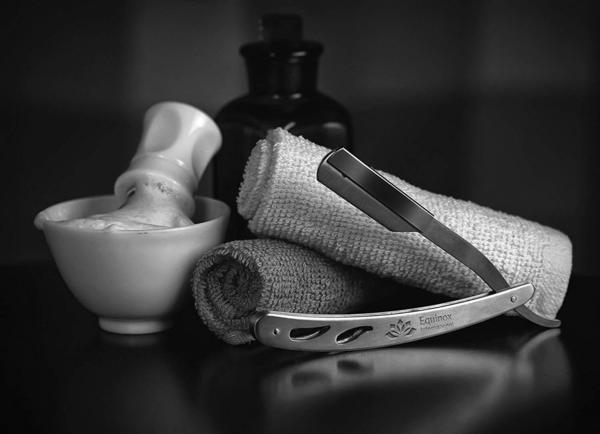
Like many hirsute men in the world today, I am privileged by a culture of men's style that has embraced the beard. Because not only do I think it's a bit more flattering of my face, but the beard is a style of convenience – shaving daily is certainly much more work than not shaving. All the bearded man needs are some plug-in clippers that allow you to keep it at a neat length and shape it to your liking, a beard balm and some moisturizer. On paper, at least, there's nothing else essential.
Unfortunately, even if you prize simplicity in your routines, there is this lingering problem for maintaining a neat beard. Unless you are a genetic marvel, chances are some hair grows in places that ruin a clean look, so you have to keep razors around to help you trim the outline, clean up your upper cheeks and maintain a border on your neck. One of the benefits of growing a beard SHOULD be the opportunity to throw out all of your disposable razors and razor blades, but I couldn't ever get rid of mine because I still relied on them for close trimming that I felt like I could only get by using mass-produced razors.
But then I had a momentary realization when my barber was finishing up my haircut with the straight razor and warm shaving cream shave that completes the ritual. If could make a clean line out my my not completely-cooperative head, I should be able to do the same with my beard . I also realized that straight razors are comparatively cheap and their replacement blades are extremely affordable. So, I tried it: I bought a straight razor and found that it was a perfect tool for what I needed.
But as I began to perfect my technique and learn how best to use this new tool, I found that there is an even better reason to toss out your disposables: using a straight razor gives you the ideal control for trimming a beard. A single blade (as opposed to the 3-5 that pile up on a disposable razor head) allows you to know exactly where the cutting edge is. Moreover, because the handle is long, but moveable, you can approach the individual hair strands from different angles. So, when you are working on the line below you cheek bones, you can have the razor pointed down. But when you are working on the side of your beard, underneath your ears, you can turn the blade to that it is parallel to how your hair grows, ensuring that you are never cutting against the grain. And lastly, because you can see the cutting edge, and its not covered on either side by plastic, you can see where you're working and dial in the ear-to-mustache shape that best complements your jaw line. It takes some practice and it requires careful attention to do well. But once you get the hang of using a straight razor, you'll wonder why you waited to give it a try.
So, toss out your old disposables––you don't need them anymore. Trust your hands, your eyes, and your instinct to craft. And take up a straight razor.

